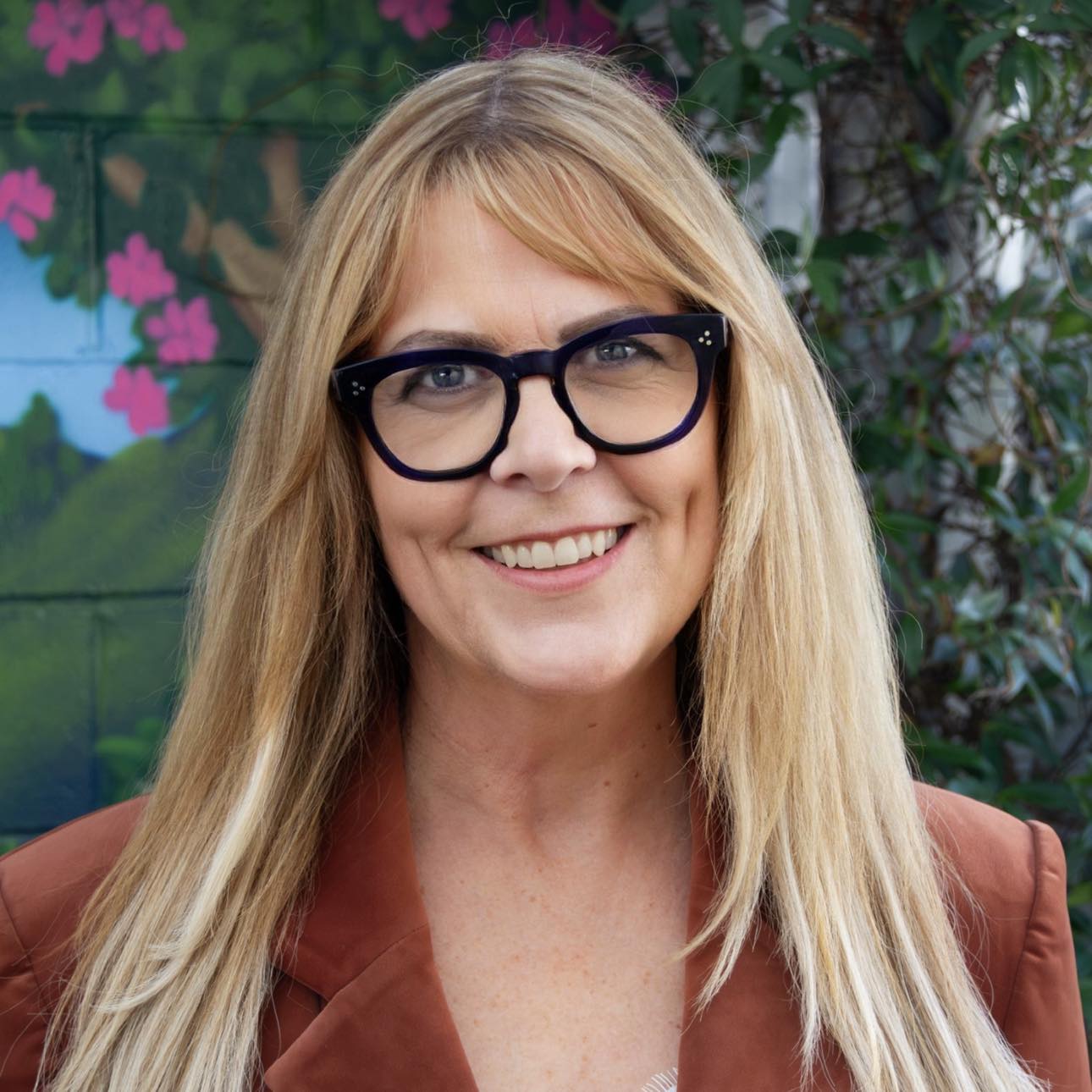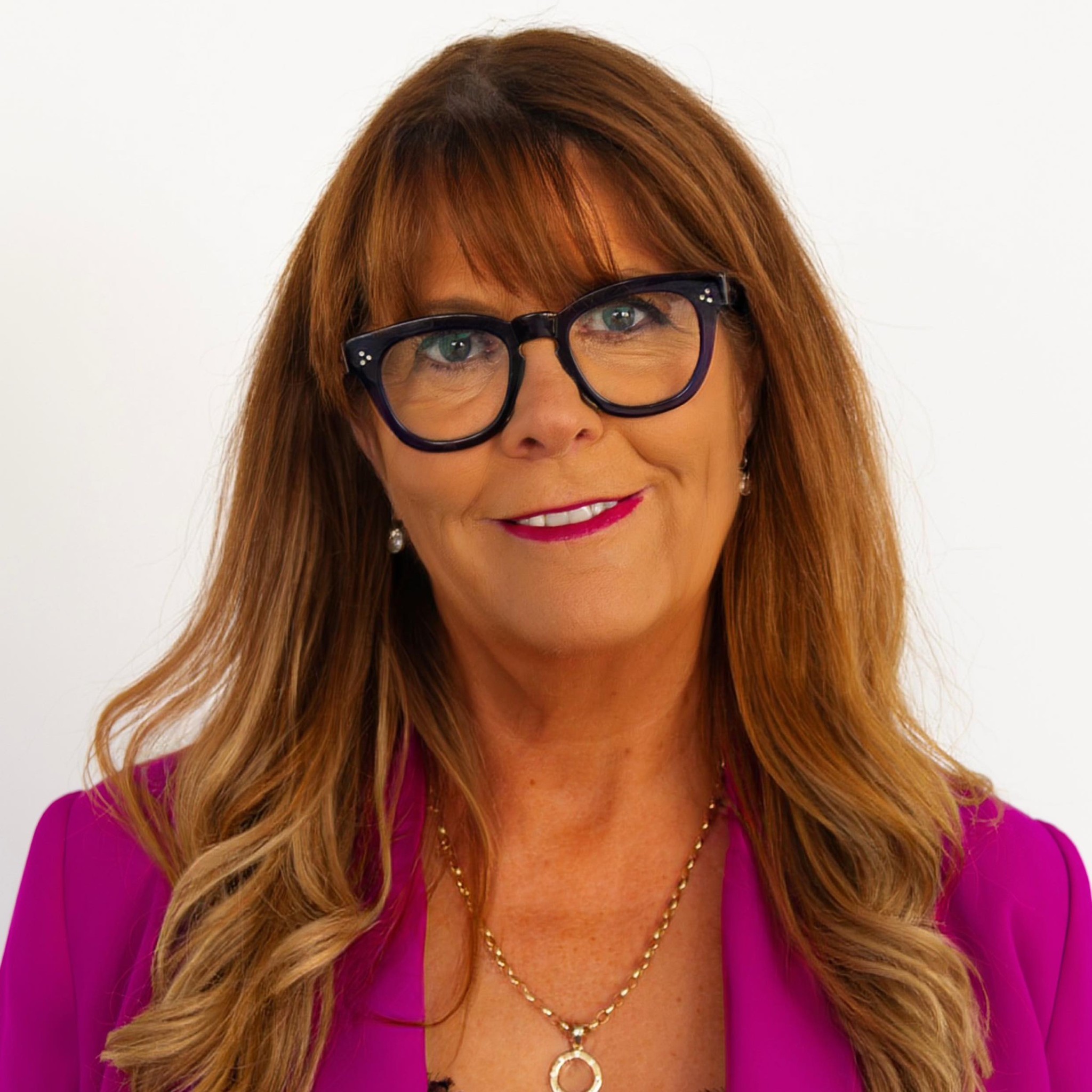
Meeting Topic
Introduction
When you set up your office or home workspace, did you carefully consider the placement of the desk? The path you would take to the printer? The ‘colour’ of the lighting?
All of these things, and more, can be adjusted to better support your physical wellbeing, productivity and focus! The article below, contributed by Registered Architect Andrea Tucker, outlines all the ways we can help ourselves create our optimal working environment.
Optimise your Space, Lift your Focus By Andrea Tucker
Take a step back … literally.
Can you ask more from your workspace?
Any space that you operate within has an impact on your productivity, efficiency, motivation, and wellbeing – take a few moments to critically survey your environment and see where you may move to improve!
More Flow, Less Distraction
Optimise the layout so that everything is logically where it needs to be, creating a smooth flow and significantly enhancing productivity. From a holistic viewpoint, consider wayfinding signage for visitors, and consider efficient circulation between your presentation, collaboration, or focus spaces. Consider transitions between printer, to desk, to waste bin, or the way you move between one task to the next.
Anything superfluous is creating clutter, distraction, and stress, and needs to go – unless it is strategically selected to focus you and motivate you to smash your goals! Tie those cables back out of your vision or use a wireless keyboard and mouse. Declutter regularly.
Designate quiet time for focus. Silence your phone, block out your calendar, clear your desk and even try noise-cancelling headphones. A calm garden viewshaft can also clear the mind.
Everything in its Place
This has as much to do with your desk as your desktop. Emails, documents, and databases need a logical system, but the same can be said for resources, supplies or inventory.
Physical storage and filing systems can be bespoke or modular, or a combination of both. Solutions may involve movable screens, containerisation, inventive furniture, or simple shelving or joinery solutions. Size, weight, how and where you need access to items are obvious concerns, but also consider any specific storage requirements, frequency of any pick and packaging requirements and the proximity to nearby bench space.
Shine the Light on Ergonomics
Getting Ergonomics correct will help maintain and promote your physical health and comfort. Sitting-to-standing desks enable you to change your body position depending on your task; however even ensuring the height of any desk or bench is optimised for your body and task is vital. Screen heights relative to neck posture is important, especially those that regularly use laptops without a stand or dock. If you have bi-focal lenses, then you may readjust screen height a fraction for optimal viewing. Invest in a super-chair that will adjust to your body and task, (ask me for some fabulous recommendations). If you are standing for significant periods, ensure the surface you are standing on is appropriate. Take Micro-Breaks!
Lighting can be designed to mitigate fatigue and eye strain by considering the lux levels required for each task and on what surface. Ensure shadows don’t compromise your lighting. The colour of light output can also have an impact so confirm your bulbs are all the same ‘colour’ for each task zone.
Natural Light and Plant Life
Natural light has been connected with increased productivity and alertness, plus reduced energy costs, so it makes sense to position your desk or workspace near a window.
Incorporate indoor plants or greenery into your workspace. Plants can heighten concentration, improve perceived air quality, reduce stress and sickness, and improve workplace satisfaction.
Regularly assess your space holistically, adjust and improve! Allow your space to adapt as you grow professionally and as your goals and aspirations ever evolve. And if these small measures prove not to be enough, then a registered Architect is well-positioned to reimagine your spaces for enhanced wellbeing, productivity and satisfaction, and to support your overall success.
For more information about how Andrea supports her clients, you can ring or email her:
M: 021 622 205 E: andrea.tucker@teamarchitects.co.nz
Next Meeting Topic
Financial Strategy for Your Business 2024 By Raelene Rees
Introduction
We all know we need to set business strategy for each new year, but how many of us set a fresh financial strategy? And what kinds of questions can we ask ourselves that will guide us to create a robust one? In the article below, Chartered Accountant Raelene Rees offers up her take on the questions we must ask ourselves as we lead our businesses into a new financial year.
Financial Strategy for Your Business 2024 By Raelene Rees
As 31 March rolls around yet again, it’s a good time to review financially what went well last year in your business and where there may be room for improvement.
Below you’ll find a ‘checklist’ of sorts that you can go through as you reflect on your financial situation:
- What are the key performance indicators (KPI’s) in your business?
- How much cash do you have on hand?
- How much money is owed to you?
- How much money do you owe your suppliers?
- Can you pay your bills on time?
- Are there any costs that you’re incurring that aren’t providing adequate benefit?
- Can you streamline your business to generate more on the bottom line / profit?
- How did you measure up to your budget? (Did you even make a budget?!)
- Looking at your year-to-date financials, are they ‘fair to middling’, satisfactory or OMG! – how much tax will I have to pay (meaning you made a heap of money)?
To have a successful business you need to be monitoring your financial picture on a regular basis. Costs change, your customers’ circumstances change, markets change, and we all know interest rates change. Each of those things can have a big impact on your bottom line.
And of course, stepping away from the detail and looking at your overall business, here are a few things to consider:
- determine what you want your business to look like in 12 months’ time so that it can direct your planning
- identify your biggest challenge and potential ways you can solve it in the coming year
- brainstorm ways to increase your client base (and profit) to increase the value of your business
- think outside the square. Just recently, I met another self-employed accountant – similar age, similar staff numbers – who had a completely different business model to my own, but was achieving similar results
- think about where you are in your business life cycle, as your needs will be different and you should be approaching your business and financial strategy accordingly:
- Start-up phase
- Middle age
- Approaching retirement
Here are a couple of final thoughts. ‘Debt’ is not necessarily a bad word: a loan can start a business, rescue a business, or get a business to the next level. Theres a reason why banks need to see your budget before they lend to you, so be sure you know your numbers!
Your business relies on you, so invest in yourself as the most valuable asset in your business. What better investment is there than YOU, who you can trust and control.
I hope this has given you some food for thought as we start another financial year. And remember, for professional guidance, do speak to your accountant or financial advisor.
To find out more about how Raelene takes care of her clients, you can visit her website: https://www.reesaccounting.co.nz/
 Print This Post
Print This Post




